Marvel was never my thing, but I can enjoy a superhero flick every once in a full moon. I had my time as a kid when I frequently wondered: “Where were the superhero movies? That surely would be fantastic”. In my late teens to early twenties, the MCU started to be a “thing”, and now I’ve grown pretty tired of it. However, I never grew tired of playing superhero video games, no matter how good or bad they were. Spider-Man: The Movie for the original Xbox? Absolutely fantastic. Deadpool? What a blast! Hulk from 2003, I’m talking about you too. So, I’m trying to say that I don’t consume a lot of superhero media, and I’m not entirely familiar with their lore, multiverses, or everything. So, standards might be slightly different if you’re a comic book worm. However, the consistency of the game’s mechanics, the fantastic turn-based combat, and the absolutely stellar presentation will cement Marvel’s Midnight Suns as a cult classic in the coming years. I’m calling it right now.
At the time of writing, I’ve completed the game 100%. I’m far from what people would call a “completionist”, quite the opposite. But for Midnight Suns I’ve gone out of my way to get every collectable piece of lore available in the Abbey. I’ve been enjoying the game’s focus on “Be friends with superheroes” way too much.
Marvel Midnight Suns is a tactical, turn-based RPG with some social element in-between missions that act as a jumping point to push forward the story (and there are a lot of stories here), and your base of operations, is a bit like XCOM. No wonder, since the team behind Marvel’s Midnight Suns was the one behind 2011’s classic and the 2018 iteration. The basic premise of the game is as simple as they come: Create your own superhero. Lilith is back and causing a ruckus. Go fight a main story or a side (randomly generated) mission -> go to The Abbey, explore for a bit, interact with the characters, evolve your base and abilities -> go on a main story or side mission. Repeat. In essence XCOM, right? Well, yes, but not really.
Combat is turn-based, but the moves the superhero makes are based on a deck of cards (which you can build, upgrade and edit any way you want). Yes! I know how weird this is for someone just fresh out of XCOM! I also gave this system a side-eye the first time I saw it in action, but how wrong I was. Here’s how it works: Each unit has its own 8 cards they take to every battle, and you’ll take 3 units to most missions, so that’s a 24 deck to play around with. This might cause some strangeness for the ones who got attached to the way XCOM did things but, in actuality, it makes sense. I saw a video where the game designers explained their reasoning behind this choice: since you’re playing well-established superheroes, it doesn’t make a lot of sense to have the normal progression of previous games, where building a team out of recruits was a necessary part of the story. What fun would it be to play Iron Man and he couldn’t fire lasers? Why play Captain America if the only thing he could do was punch low-level tugs? How fun is it really to play with Spider-Man when he lacks any meaningful abilities that make him special as a superhero? So the card system was a way they found to keep the character’s lore intact, the story the team wanted to tell, and the in-world goings-on consistent with the gameplay, and I truly loved that effort. Even better, all the characters start with amazing powerful abilities that feel, look, and sound amazing to play with.
The card system being rather intricate, and its mechanical complexity getting deeper the further you go on in the game is what glues the entire thing together so well. Every turn, players can use up to three cards, with each one either earning or costing Heroism, which is – in simple terms- just a currency you can use to play better cards. The combat also has a sort of spatial awareness at play here- since most maps are really contained (but filled with opportunities)- a lot of importance is given to unit placement if you want to make the most of the loosely hanging cranes, explosive barrels and eager to fall lampposts. Pick a party of three heroes and go wild, experimenting with combos and synergies between them. It won’t take long for you to get accustomed to a couple of setups you feel comfortable running, so there’s a temptation to develop some muscle memory and always play the same teams. Avoid that. The game also does a great job of slowly introducing new playable characters that nudge you in the right direction to mix things up. I figure most MCU fans would likely be running a classical Spider-Man/Iron Man/ Captain America team, peppered with the occasional Captain Marvel and Wanda. Fortunately, Midnight Sun’s Captain Marvel is more likeable than its MCU counterpart.
In this small corner of the game industry, things have become better with time, but one aspect which most strategy games lacked was their presentation. Not with Midnight Suns. Here, however, it’s fucking stellar, with the graphics being triple-A level quality in every aspect. Every Marvel character is oozing with personality (they don’t stray far from the MCU, but I guess that’s what people were mostly hoping for)- Iron Man is as snarky and goofy as ever, Doctor Strange strikes a perfect balance between a wise and cocky sage, Spider-Man is still an early 20-something finding its way around his powers, Wolverine is as depressing and as dark as ever, and Deadpool is… Deadpool. Animations are buttery smooth, and every punch and laser that strikes the enemy is as impactful as expected. Special attacks are as close to what a moving comic would be.
It’s toilsome to point out flaws in the game’s presentation, to the point I’m afraid I can’t think of anything meaningful, other than the occasional enemy grab-and-throw into weird angles that are physically impossible… but this is so insignificant, that it’s barely worth a mention. In my 100-plus hours of the game, I haven’t found a single bug. Now that I think about it, it feels weird to compliment a game for being playable since the day it came out. There’s also SO MUCH stuff to do and collect, but it somehow manages to feel well-paced and not overwhelming, and that’s because the Abbey exploration happens gradually.
Speaking of which! The Abbey! What is the mystical Abbey? An in-between-world safe haven of some kind where, after every mission, the story progresses a bit further. Imagine it being an explorable, demon-holding, very deadly XCOM base. Here is where the management part of the game mixes up with the social interactions between superheroes. Craft new cards, upgrade existing ones, hone your skills in friendly bouts of daily sparring, explore the Abbey grounds, unlock new skins and figure out each character’s motivations. These relaxing moments between missions are cathartic and good fun if you don’t get annoyed at the small break in pace. I was longing for the end of each scuffle, and anxious to learn what new developments would be available for each superhero. There’s so much dialogue, so much to explore, that the final build had to remove around 3000 voice lines to make the story more manageable. Learning about this made me so annoyed, like I was robbed of that experience. Ask me if there’s a lot of depth in the upgrading systems, and the answer would be a clear “no”. It’s mostly linear upgrades here and therem, and by the end of the game, everything you need will be unlocked. The Abbey was what kept me so invested in completing the game 100%. It’s a neat location to explore, with its contained story that needs exploring, and mysteries ithat need explaining.
Speaking of which! The Abbey! What is the mystical Abbey? An in-between-world safe haven of some kind where, after every mission, the story progresses a bit further. Imagine it being an explorable, demon-holding, very deadly XCOM base. Here is where the management part of the game mixes up with the social interactions between superheroes. Craft new cards, upgrade existing ones, hone your skills in friendly bouts of daily sparring, explore the Abbey grounds, unlock new skins and figure out each character’s motivations. These relaxing moments between missions are cathartic and good fun if you don’t get annoyed at the small break in pace. I was longing for the end of each scuffle, and anxious to learn what new developments would be available for each superhero. There’s so much dialogue, so much to explore, that the final build had to remove around 3000 voice lines to make the story more manageable. Learning about this made me so annoyed like I was robbed of that experience. Ask me if there’s a lot of depth in the upgrading systems, and the answer would be a clear “no”. It’s mostly linear upgrades here and there, and by the end of the game, everything you need will be unlocked. The Abbey was what kept me so invested in completing the game 100%. It’s a neat location to explore, with its contained story that needs exploring, and mysteries that need explaining.
Calling the game perfect in the title of this article doesn’t excuse it from complaints. Is Midnight Suns one of the best games I’ve played this year? Yes. Is it one of the best of all time in my eyes? Yes, it is. Is it criticism-free? Hell no! The most disappointing aspect is how your custom hero isn’t really all that customizable. See, the Hunter- as he/she is called- is an existing character in this world that gets resurrected from its eternal slumber to once again face his nemesis, and mother, Lilith. With hazy memories and rusted skills, this could have been a great opportunity to create a character from scratch while maintaining some semblance of continuity. Instead, the Hunter is clearly the Hunter and not the player. You won’t be choosing his arms, or special skills. Instead, you’ll be limited to some visual customization and deck building. So don’t go around having any ideas of changing your dual-wielding Hunter for a gun-toting idiot with a shield by mashing up Captain America and Deadpool together.
Another issue is the lack of enemy variety, and given the number of missions the game asks you to do before the credits roll, they’ll get rather stale by the end. Get really investing into playing side-quests, and after a while, the cracks on the matrix start to rear their ugly heads: side missions are always the same, and so are the formations of enemy units for each of the mission types.
My last issue with it is that the game would benefit from a lot more DLCs and content as it had the perfect framework already built for that, but the development has ceased, so this is what we have right now. A real shame, but what we have is perfect for me, so I’m very happy.
Follow Strategy and Wargaming Socials
If you enjoy Strategy and Wargaming, then you need to follow its socials. Are we the best strategy gaming website around? I would say so. Heck, what other options do you have? The Wargamer? Please.
So why not give us a follow on the cesspool that is Twitter, or join the 1000 other geriatric patients on Facebook? Or subscribe down below? Or maybe do everything? I don’t care, I’m not your grandmother.
If you enjoyed the article you can contribute by buying me a coffee
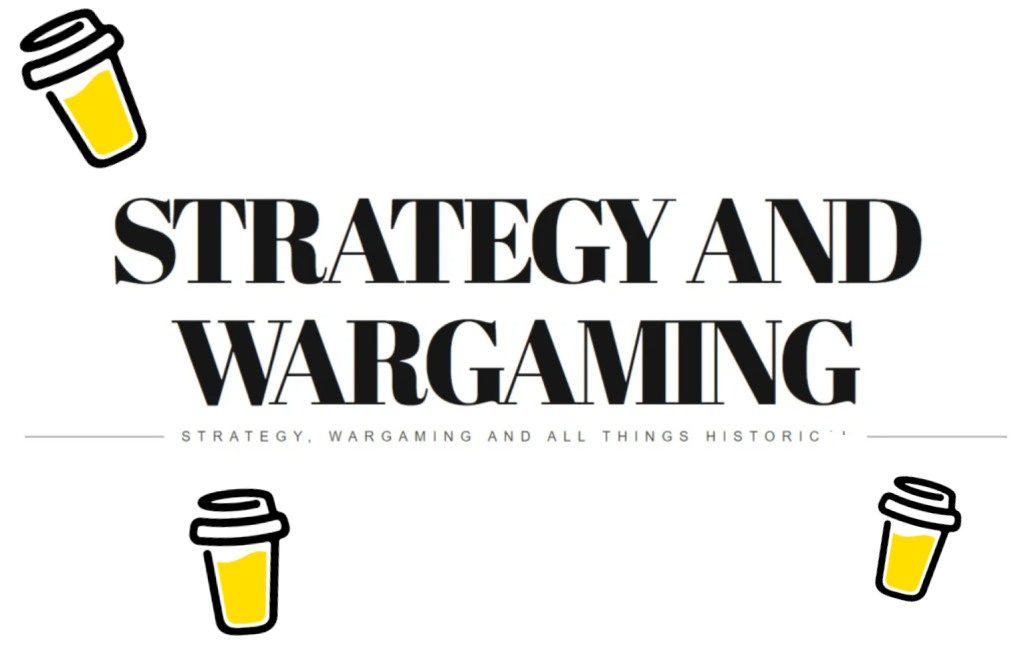
I’ve been running Strategy and Wargaming at my own expense since 2017, with only the ad-revenue to cover for the hosting, with everything else being done by me. It’s thanks to the goodwill of video game publishers like Slitherine, Hooded Horse, and others that I’m able to cover games prior to their releases. So, If you’re an avid reader, you can afford it, and want to support the website, please consider Buying Me a Coffee by clicking this link.

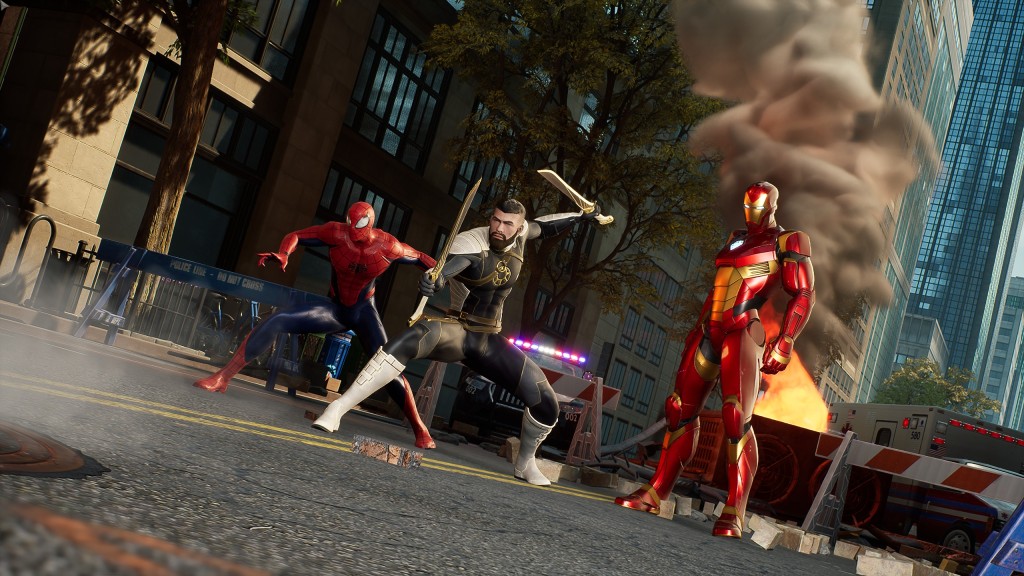







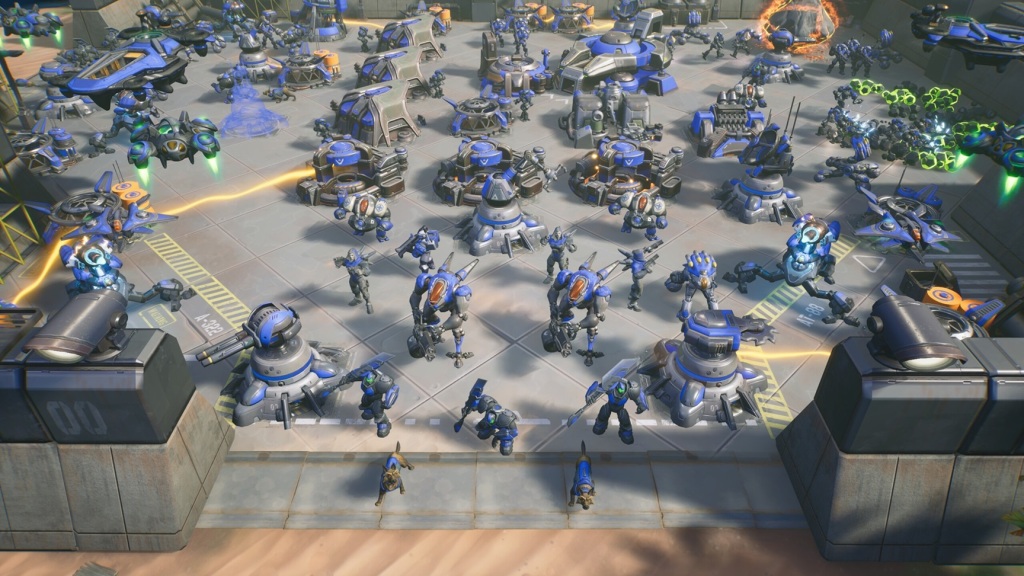
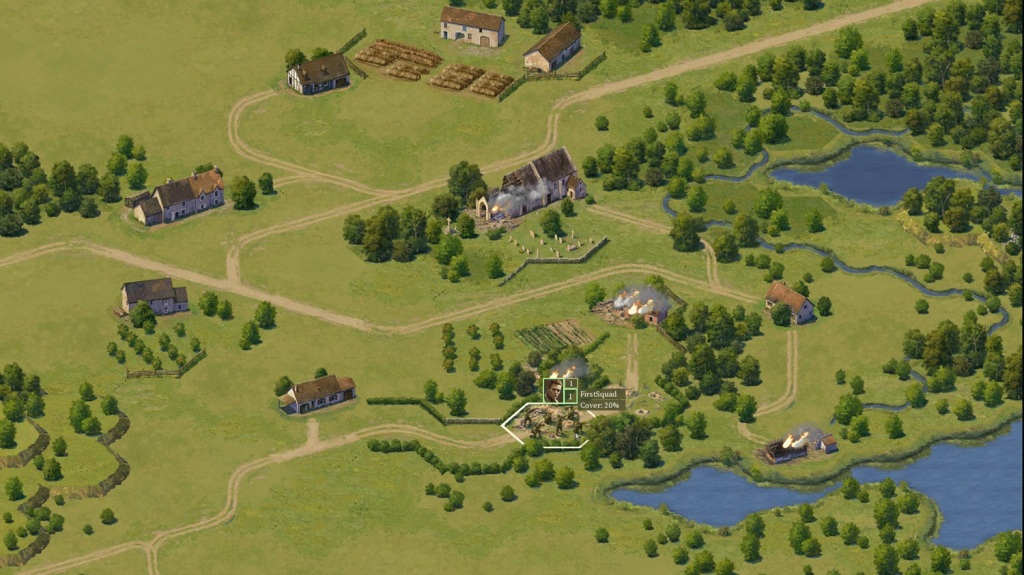
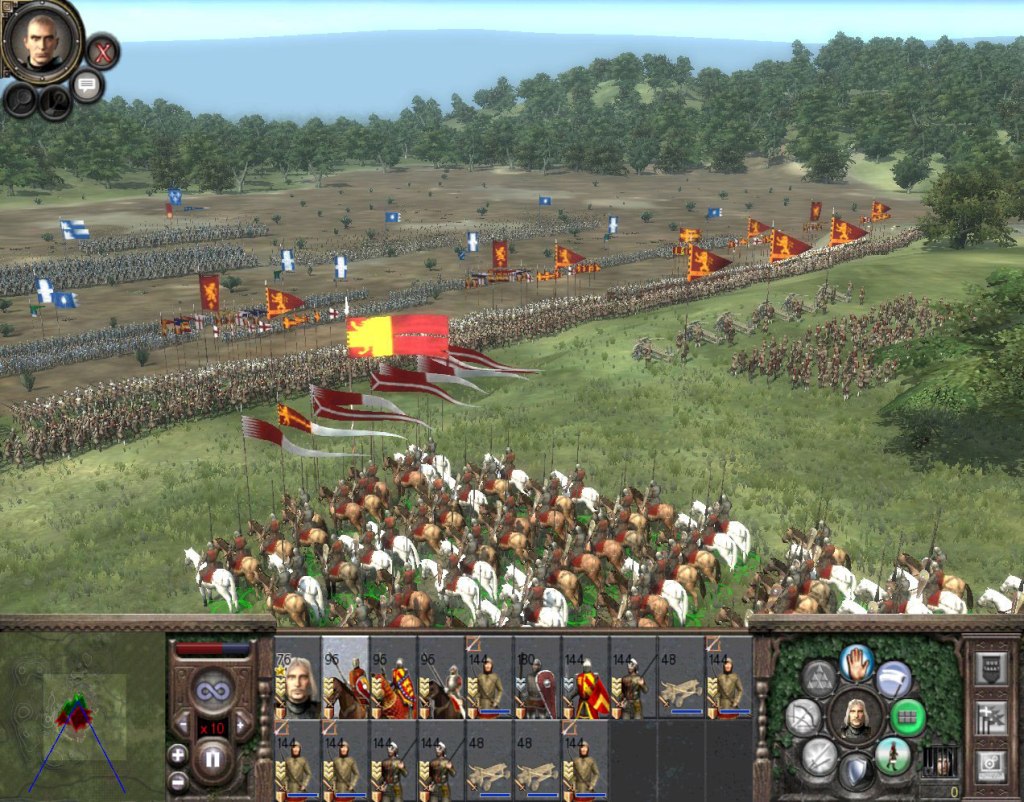
Leave a comment